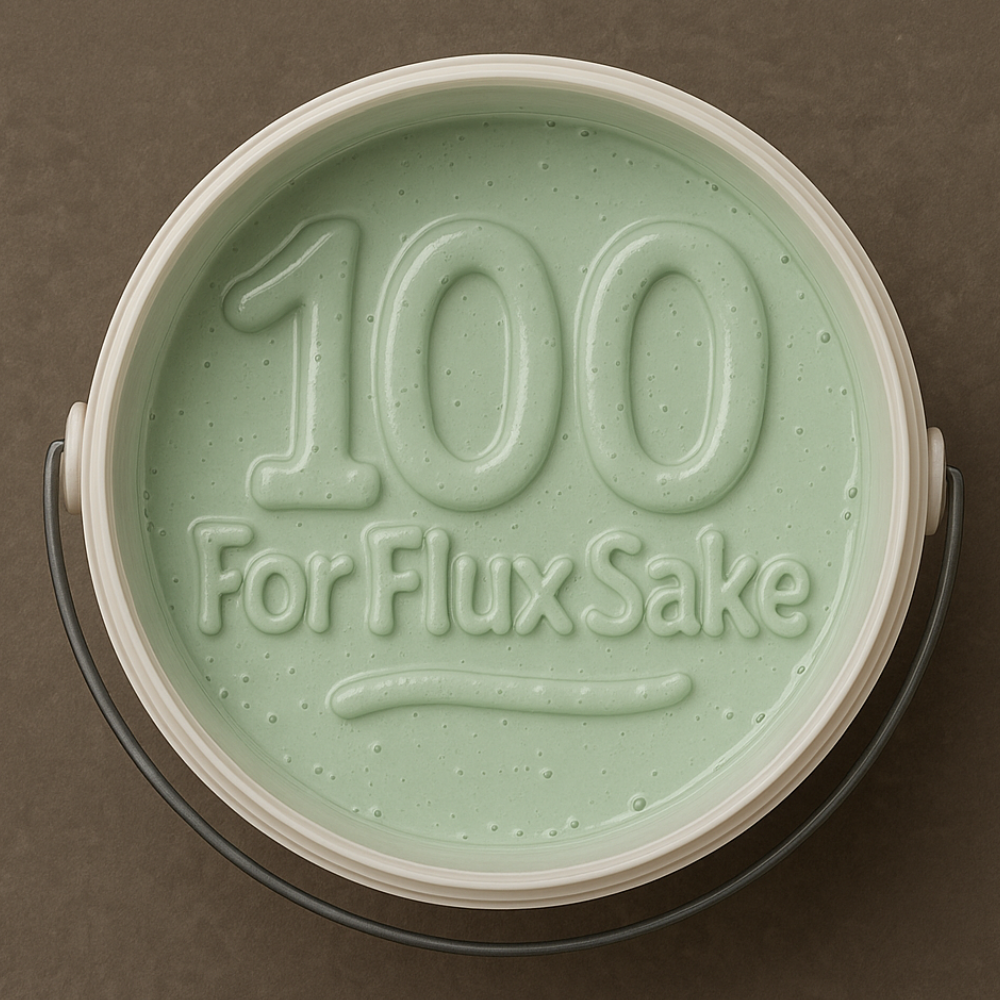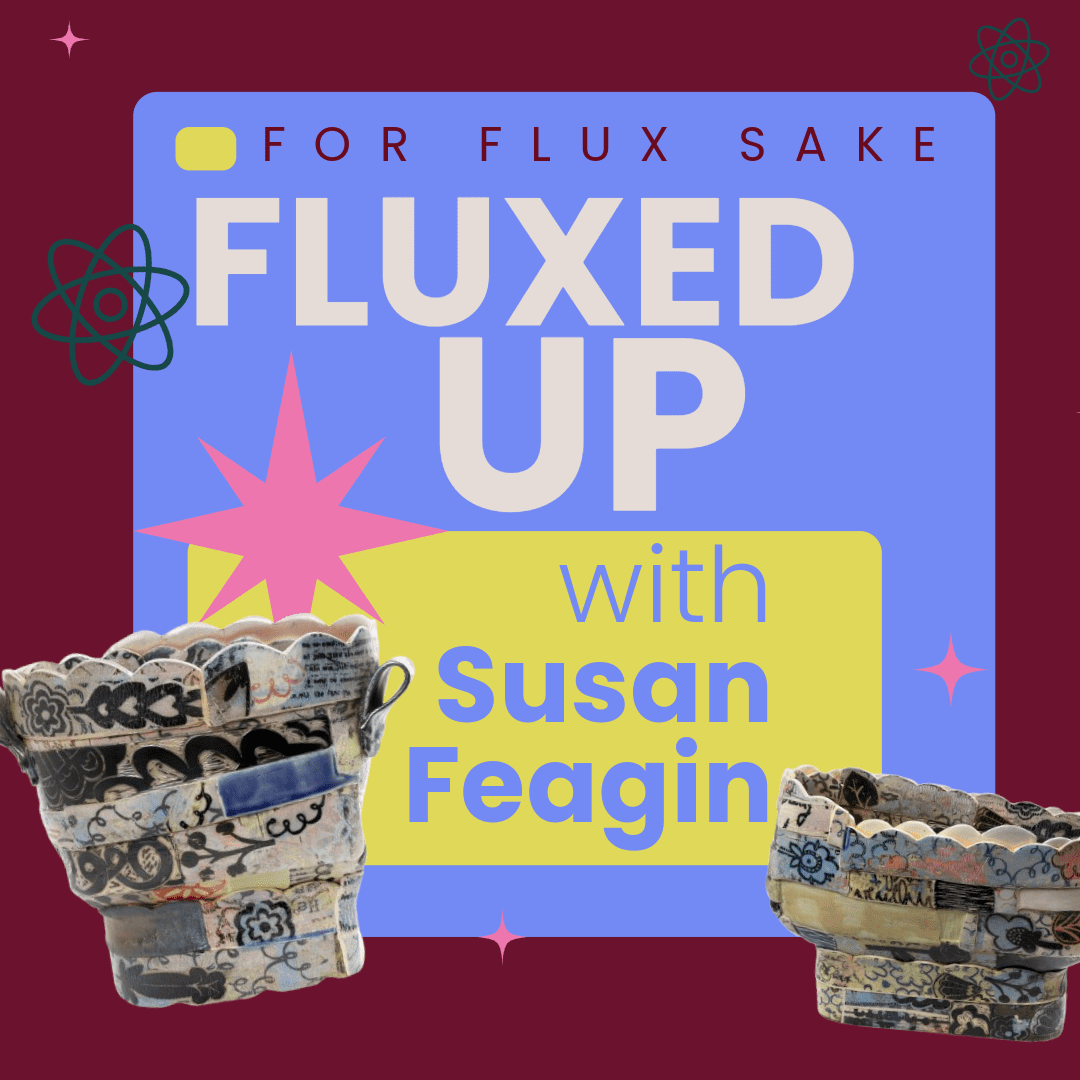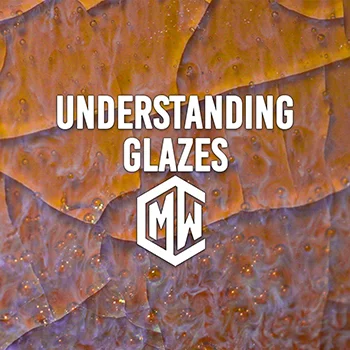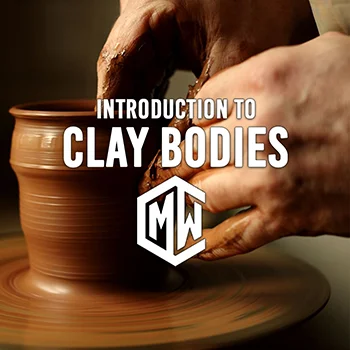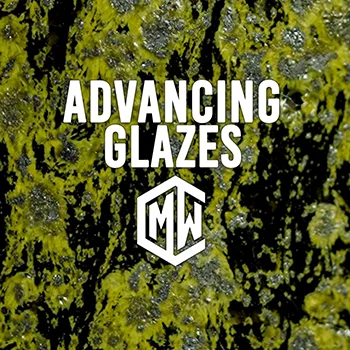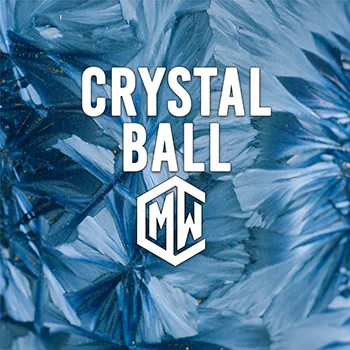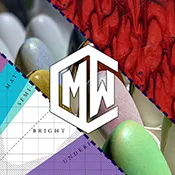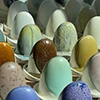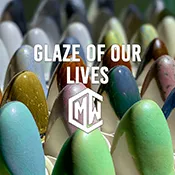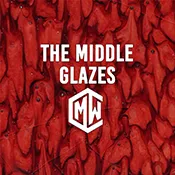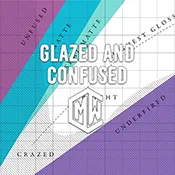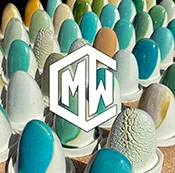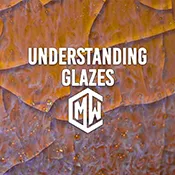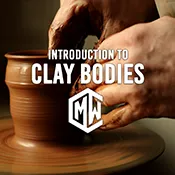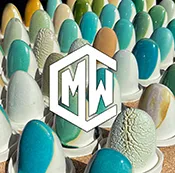Speckled clay bodies have come roaring back in popularity and in this episode our intrepid clay experts talk about what you can add to your clay body to create this phenomenon. They also talk about plucking and why potassium fluxes are best for clay bodies. To start the show the gang introduce the mysterious case of the A.I. glaze book.
Do you have questions or need advice on glazes? Drop us a line at ForFluxSakePodcast@gmail.com and you could be featured on an upcoming show.
Glazing problems? Kiln meltdown?
Send your questions to forfluxsakepodcast@gmail.com – you might hear the answer on the show!
Want to learn more?
Check our our blog articles and all of our videos on our YouTube channel!


